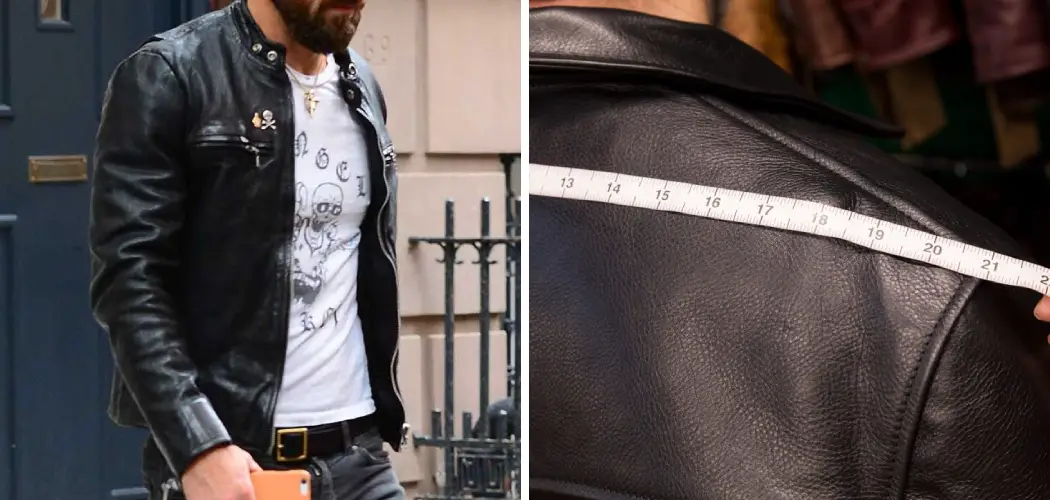Sizing a leather jacket is crucial for both comfort and style, ensuring it fits well and enhances your appearance.
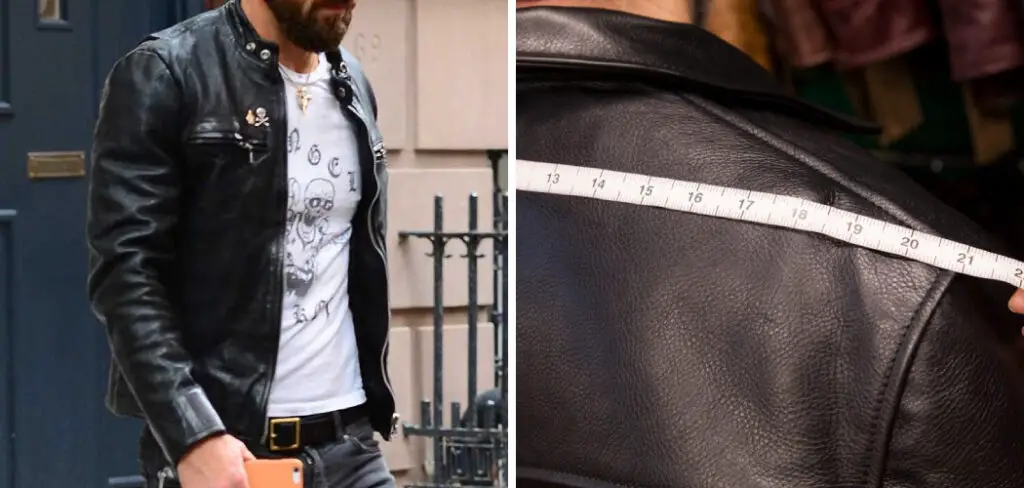
Whether you’re buying a new jacket online or trying one on in-store, understanding how to correctly size a leather jacket can make all the difference.
This guide will walk you through the steps of how to size a leather jacket, covering essential aspects such as measuring your body dimensions, understanding jacket sizing charts, and considering the fit style (slim fit, regular fit, etc.).
We’ll explore how different styles and cuts can affect comfort and mobility, as well as tips for ensuring the jacket allows for layering underneath.
By following these guidelines, you’ll be equipped to choose a leather jacket that not only looks great but also feels comfortable and suits your personal style preferences perfectly.
Importance of Sizing a Leather Jacket
The importance of sizing a leather jacket correctly cannot be overstated. An ill-fitting jacket can lead to discomfort, restricted movement, and a less flattering appearance. Leather, being a naturally durable and often pricey material, requires careful consideration to ensure that it accentuates your physique while providing adequate comfort.
A well-sized leather jacket enhances your overall style, projecting a tailored and polished look. Proper sizing also ensures that the jacket allows for functional layering, essential during colder months.
Moreover, correctly sized jackets enhance longevity by reducing strain on the seams and material, thereby ensuring that your investment remains stylish and wearable for years to come.
Understanding Jacket Sizing
Understanding jacket sizing is fundamental to selecting the perfect leather jacket. Jacket sizes are typically based on your chest measurement. To determine this, wrap a tape measure around the fullest part of your chest, making sure to keep it level and snug but not tight.
Once you have this measurement, consult the sizing chart specific to the brand or retailer, as sizes can vary between different manufacturers. It’s also essential to consider additional measurements such as shoulder width, arm length, and torso length to ensure a well-rounded fit.
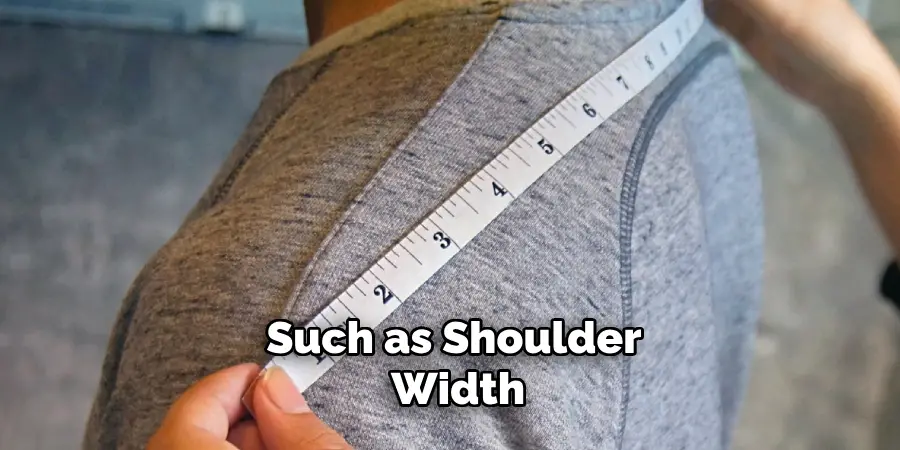
Jacket sizing charts often provide corresponding sizes (like Small, Medium, Large) alongside numerical measurements. Pay attention to the fit style mentioned on these charts—whether it’s slim fit, regular fit, or relaxed fit—as this will affect how the jacket sits on your body.
For leather jackets, it’s generally recommended to account for a slightly snug fit initially, as leather tends to stretch and mold to your body shape over time. Being precise with these measurements and understanding the nuances of jacket sizing will enable you to confidently find a leather jacket that fits well and feels comfortable, allowing you to make a stylish and smart investment.
10 Methods How to Size a Leather Jacket
1. Understand Leather Jacket Sizing Basics
Before you begin sizing a leather jacket, it’s essential to understand some basic principles. Leather jackets typically fit more snugly than other outerwear to provide warmth and a sleek appearance.
However, the fit should still allow for comfortable movement without restriction. Sizes can vary between brands and styles, so it’s important to refer to each manufacturer’s size chart and recommendations.
2. Measure Your Chest and Shoulders
The first step in sizing a leather jacket is to accurately measure your chest and shoulders. Use a flexible tape measure to measure around the fullest part of your chest, usually just under your armpits.
Record this measurement in inches or centimeters. Next, measure across the broadest part of your shoulders from one shoulder seam to the other. These measurements serve as a baseline for determining the appropriate jacket size.
3. Determine Your Jacket Style Preference
Consider the style of leather jacket you prefer, as different styles may fit differently. Classic styles like bomber jackets or motorcycle jackets often have distinct fits and features.

Decide whether you prefer a more fitted silhouette for a modern look or a slightly looser fit for layering over other clothing. Understanding your style preference helps narrow down options and ensures a more satisfactory fit.
4. Consult the Manufacturer’s Size Chart
Once you have your chest and shoulder measurements and know your preferred style, refer to the manufacturer’s size chart for the specific leather jacket you’re interested in. Size charts provide guidance on how measurements correspond to jacket sizes (e.g., XS, S, M, L, XL) and can help you determine which size range to try.
Pay attention to any notes or recommendations provided by the manufacturer regarding fit and sizing. Some jackets may run true to size, while others may have a more tailored or relaxed fit based on the intended design.
5. Try On Different Sizes
When sizing a leather jacket, it’s essential to try on different sizes to find the best fit. Start with the size recommended by the manufacturer based on your measurements and style preference. Wear a lightweight shirt or sweater similar to what you intend to wear under the jacket to simulate real-world conditions.
Check how the jacket fits across the chest, shoulders, and arms. The jacket should feel snug but not overly tight, allowing for comfortable movement without pulling or restricting your range of motion. Pay attention to how the sleeves fall and whether the jacket comfortably covers your torso without riding up when you move.
6. Assess Sleeve Length and Overall Length
Evaluate the sleeve length and overall length of the jacket when trying it on. The sleeves should reach just past your wrist bone when your arms are relaxed at your sides.
If the sleeves are too short, the jacket may be too small; if they are too long, it may be too large. Similarly, consider the overall length of the jacket to ensure it covers your torso adequately without being too short or overly long.
A well-fitted leather jacket should provide coverage without feeling constricting or excessively loose. Adjustments in sleeve length or overall length can affect the jacket’s overall fit and comfort.
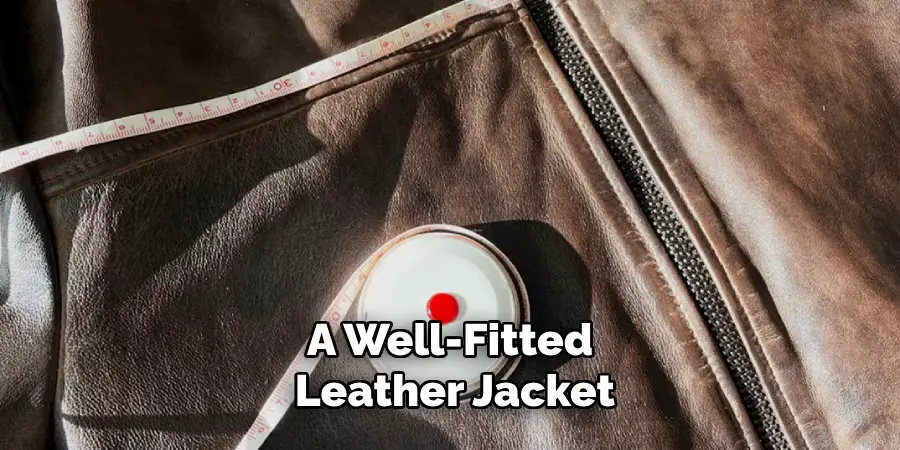
7. Check Shoulder Alignment and Mobility
Ensure the shoulders of the leather jacket align with your natural shoulder line.
The seam where the sleeves meet the body of the jacket should sit comfortably at the edge of your shoulders without extending too far down your arm or riding up toward your neck. Proper shoulder alignment allows for optimal mobility and prevents the jacket from feeling awkward or restrictive.
Perform basic movements such as reaching forward, raising your arms, and bending your elbows to assess how the jacket moves with your body. The shoulders should allow for natural movement without pulling or feeling tight, indicating a proper fit.
8. Consider Layering Options
If you plan to wear layers underneath your leather jacket, such as sweaters or hoodies, consider sizing up slightly to accommodate additional bulk.
Trying on the jacket with your intended layers helps ensure it remains comfortable and allows for unrestricted movement. Leather jackets that fit well with layers provide versatility for different weather conditions and styling preferences.
Ensure there is enough room in the chest and arms to comfortably layer clothing without feeling constricted or overly bulky. Adjust the size as needed to achieve the desired balance between a snug fit and flexibility for layering.
9. Evaluate Comfort and Flexibility
Comfort is paramount when sizing a leather jacket. Pay attention to how the jacket feels when worn for an extended period, as leather can soften and mold to your body over time. The jacket should feel comfortable across the chest, shoulders, and arms without causing discomfort or pressure points.
Flexibility is also crucial, especially if you plan to wear the jacket for activities that require movement. Test the jacket’s flexibility by performing movements such as twisting your torso and reaching overhead to ensure it allows for a full range of motion.
10. Seek Professional Assistance if Needed
If you’re unsure about sizing or between sizes, consider seeking professional assistance from a tailor or a knowledgeable salesperson.
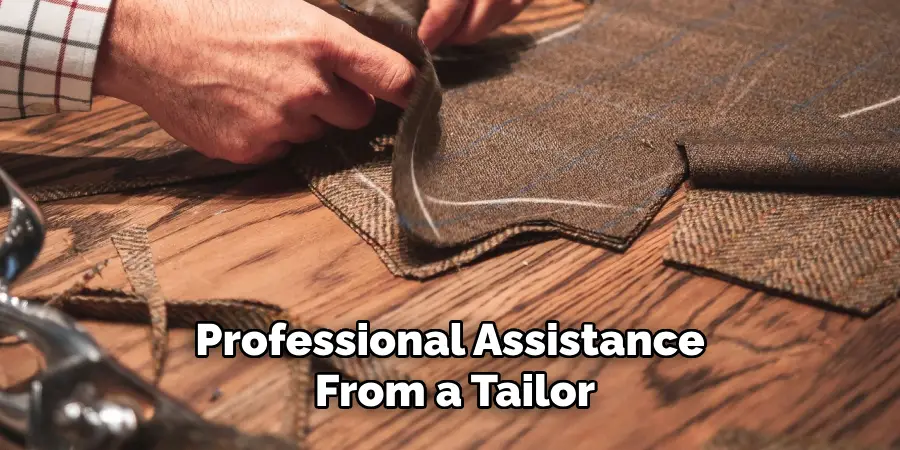
A professional can provide guidance on fit, make adjustments if necessary, and offer recommendations based on your specific preferences and measurements. Tailoring services can also customize the fit of a leather jacket to ensure it meets your exact specifications for comfort and style.
Overall, the key to finding the perfect fit for a leather jacket is to consider your measurements, style preferences, and layering needs while trying on different sizes and styles.
Conclusion
Selecting the perfect leather jacket involves a blend of accurate measurements, personal style preferences, and attention to fit and comfort.
By following the steps outlined—from measuring your chest and shoulders to consulting size charts and trying on various sizes—you can ensure a well-fitted jacket that not only looks great but feels comfortable.
Remember, a leather jacket is a versatile piece that, with the right care, can last for many years and become a staple in your wardrobe. Thanks for reading, and we hope this has given you some inspiration on how to size a leather jacket!

